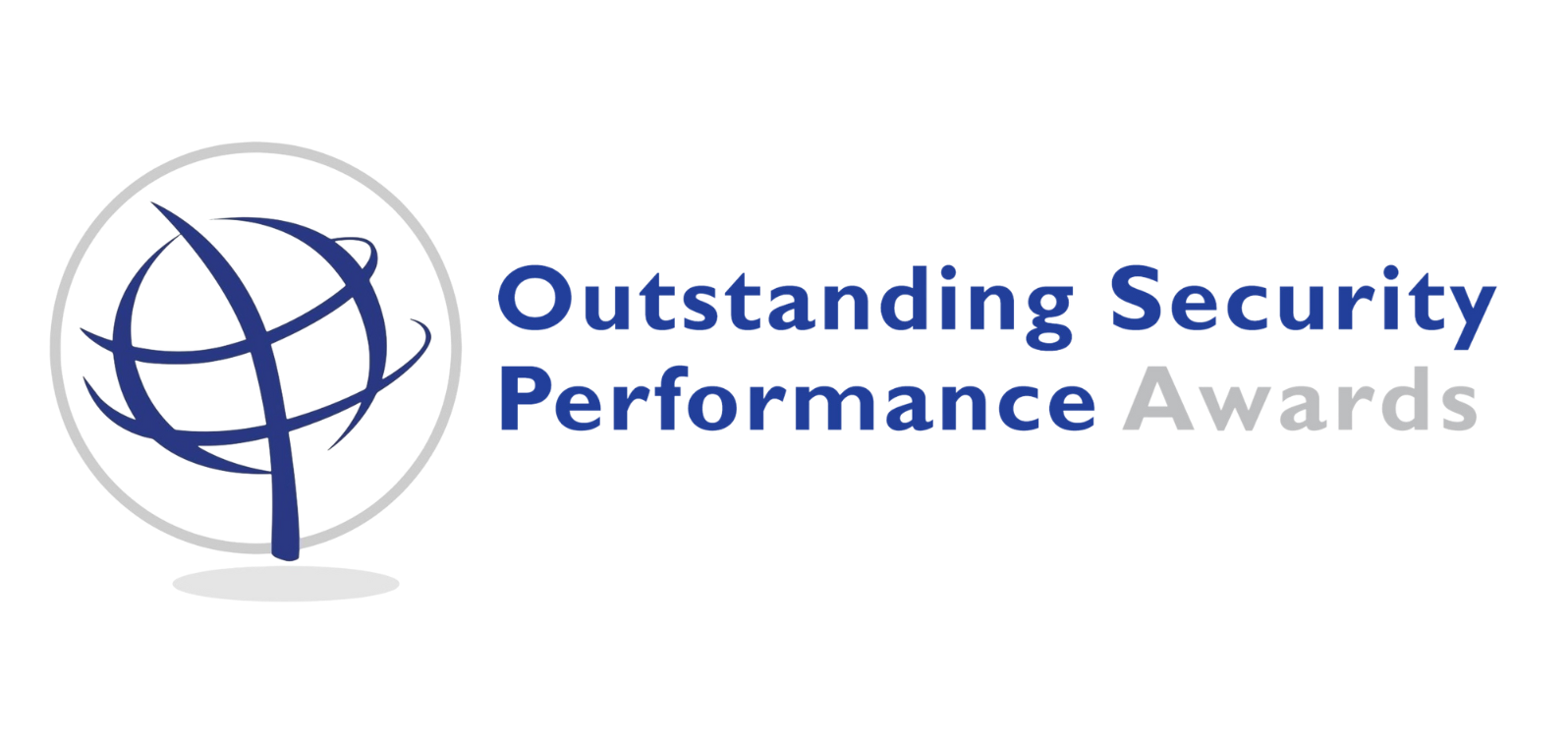
Chair: Martin Gill
Panellists:
Doreen Marshall, PhD – Vice President, Mission Engagement at American Foundation for Suicide Prevention
Dr. Sharon McDonnell – Director at Suicide Bereavement UK
Patrick Rea – Marketing Director at PTSD Resolution
Tim Woodhouse – Suicide Prevention Programme Manager at Kent County Council
Key points
As Tim Woodhouse notes, suicide is very sensitive topic. In security, the workforce is mostly male and middle aged and often working on sites which attract suicide attempts; it renders the topic of particular relevance for the sector. He offers three key paths to better practice. The first is to train staff, but doing so by identifying programs that are fit for purpose and are designed to give people the confidence to ask the key question, ‘are you feeling suicidal?’ When you know that, then you can respond appropriately. Second, prepare yourself for what comes back, ensure support is available, and consider a range of responses as no single one is likely to be sufficiently comprehensive. Third, and interestingly, he encourages bravery in embracing technology. In response to an audience question he elaborates on the existence of technologies which can track people’s phones and track their behaviour such as when they walk half way across a bridge and stop, or to the top of car park and stop; these instances are alerts to potential suicide attempts. He accepts that privacy issues are key but invites organisations to experiment. While Tim feels it is too early to know what, if any impact covid-19 has had on suicides, the issue of people’s mental health is salient and that issue is linked to concern about suicides. Organisations can prepare by having a proactive and engaging culture, that is good for many things, but it includes managing the risk and response to suicide.
Doreen Marshall notes that we are learning more every day. That said, we do know that workforces match the profiles of those most at risk of suicide and employers need to take responsibility and be aware of the risks. They need to make it easy for people to voice any distress. As Doreen reminds us there is a role for all of us; in any group there is a possibility of finding someone affected by suicide in some way. Organisations need to be proactive. A case in point is the process of returning to work which marks a change, and some may be nervous at it requires different routines, and there is always a need pay attention when changes in behaviour are required. Noticing if people seem overwhelmed is important and she encourages the asking of a direct question on the topic. Doreen reminds us that there is no single factor that explains the risk of suicide, it can be a convergence of many factors. We need to stop seeing suicide as taboo, she encourages us to think of it as a health issue.
Patrick Rea quotes research which reports that PTSD amongst security staff is high. Yet all too often mental health is not taken seriously. It is not always visible, it needs to be sought and identified, people can suffer and not speak out. The positive thing is that help is often available, there are different responses, different therapies to meet different needs and his own work with people has found that the vast majority are able to be helped to the point where they don’t need ongoing support. The security sector needs to look carefully within – it is engaged with stressful work and sometimes vulnerable people – and making managers aware, providing them with training is key. This includes raising awareness on how to identify trauma, it can build up, it is a process of getting to know teams, and to look for changes.
Sharon McDonnell has a focus on those bereaved by suicide, she has personal as well as professional experience. There are many reasons to take this seriously. It is costly, the knock-on effects are considerable, and it impacts many people. Sharon also warns that vulnerability is not always visible, and HR teams need to play a role in raising the awareness of all staff, all the more important in this time of upheaval and as people contemplate returning to work. Sharon is also an advocate of engaging directly with staff; ask them what they need as a prerequisite to developing support. She encourages all organisations to develop a suicide bereavement plan, it makes good business sense, and it may help mitigate incidents which can have a devastating impact on lives and consequently workplace morale.
This lively webinar reminds us of the impact suicides can have and the need for all good organisations, certainly in the security sector, to manage the risks. It was striking that many of the strategies suggested: good leadership examples; a strong positive working culture; management training; staff awareness are also good business strategies for good security. One might think then that the security sector is on top of this, or should be. One can only hope that it is, the consequences of not being so are severe.
Helpful resources:
National suicide bereavement report
Evidence-based and evaluated suicide bereavement training
Key resources for those bereaved or affected by suicide
Suicide bereavement report written for Businesses
American Foundation for Suicide Prevention
24 hour free text support service:
In the UK – www.giveusashout.org Just text SHOUT to 85258
In the US – www.crisistextline.org Just text HOME to 741741
Both services are free, available 24/7 and can provide support and advice to anyone on any issue.
Martin Gill
16th March, 2021

